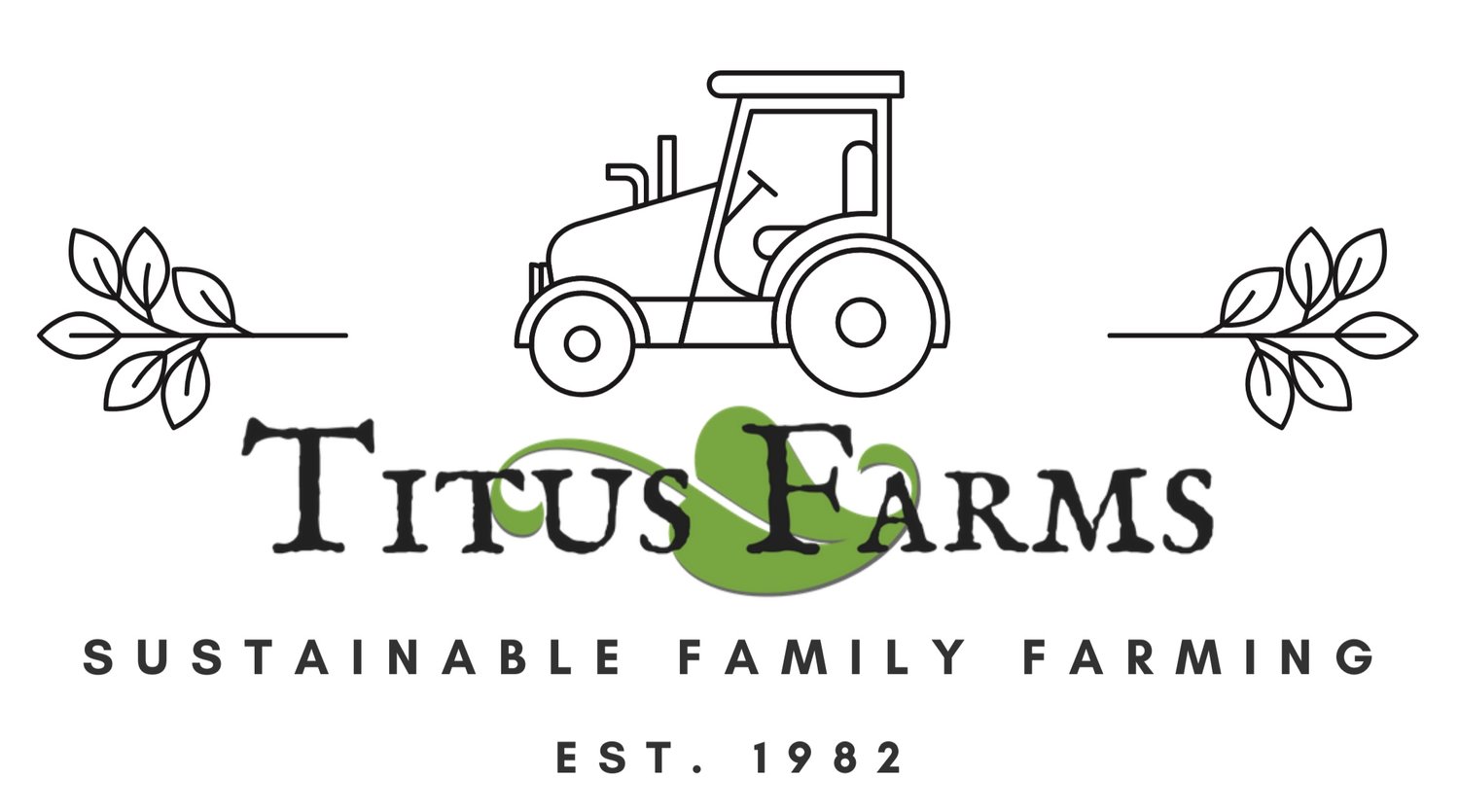[CSA]: Week 17
The Menu
Please Choose 8
Brussels Sprouts
Leeks
Shallots
Rutabagas
for those who have seen our rutabagas before, these are more reasonable in size than previous years.
Celeriac
Garlic
Red or Yellow Storage Onions
Hot Peppers
Maybe for the last time :(
Sweet Bell Peppers and Carmen/Escamillo
Kale
Daikon Radishes
Winter Squash: Pie Pumpkins, Butternut or Acorn
Kossack Kohlrabi
Parsley, Sage, Thyme
The best herbs for fall I'd say!
Maybe List
Broccoli
Cabbage
Regular Radishes
Beets
Mini Eggplant
Recipe Ideas: Rutabagas and Celeriac
It's the revenge of the roots! It's definitely a weird-root week, sprinkled with a little cabbage-y goodness.
Rutabagas are traditionally used in pasties, the yooper delicacy that actually has Cornish roots. However, they are much more versatile than this simple meat pie. Think of them like a potato, a much less starchy potato granted but, dense with a solid flesh. Great roasted, (such as in this recipe with maple syrup and chile), in soups (like this apple/rutabaga/squash soup) or mashed.
But, for the record, a pasty is still a great idea. If you're not familiar, a pasty is basically just a meat-pie. Every culture seems to h ave some variance of the meat and veggie pie (or just veggie).
I don't really follow a recipe for this one, but, tend to go a little heavy (and weird) on the veggies, using kohlrabi, turnips, carrots, onions, parsnips, daikon radishes or whatever I have on hand... but, rutabagas, of course. Just make sure they're all chopped in similar sizes. A friend makes a vegetarian version with mushrooms that is also pretty lovely.
Here is a genuine pasty recipe from Lawry's Pasties (located in Ishpeming and Marquette). Get the recipe for pasties here.
Celeriac can be just as confusing if it's your first time seeing one.
Celeriac oxidizes quickly so, the bright white and slightly softer, but still dense interior, will begin to brown once cut.
It tastes exactly like celery but, without the stringiness and occasional bitterness.
Celeriac can be roasted, made into soups or mashed, just as rutabagas.
Try a whole, roasted celeriac such as this recipe with za'atar... a spice I love to keep on hand to sprinkle on almost anything.
Otherwise, my mother has always made some form of celeriac (or rutabagas) into a gratin. Basically, root veggies cooked with milk and cheese. Try this Jamie Oliver version of a Celeriac Gratin.
Celeriac can also be eaten raw.We frequently grate it into salads, coleslaws or, make it into a full-on slaw with kohlrabi.
The first time I ever had celeriac was in Southern France... where Celeriac Remoulade is sold ready-made. It's soooo easy and I have no idea why it works but, it's creamy, bright and luscious. Mustard, mayo and lemon juice... that's it.
